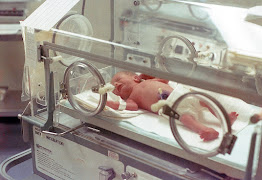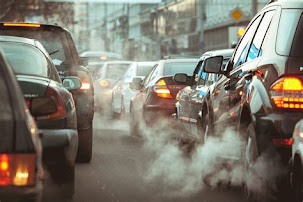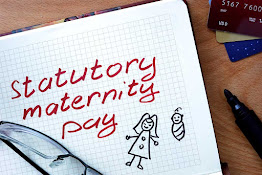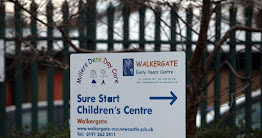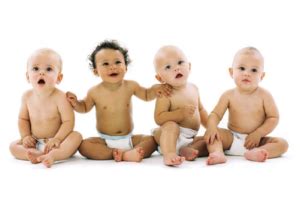It seems there has been a big drop in the number of very low birthweight babies being born in March and April this year.
A huge decrease in the rate of very premature births has been reported in the first few months of lockdown in Ireland and Denmark; media reports of reductions in 50% from Canada too. They cannot be alone, and the findings are accurate as these births are easy (indeed mandatory) to count.
The reductions are hugely significant – very low birthweight births were down by a staggering 3.8 fold in Ireland, a 90% reduction of babies born below 28 weeks in Denmark, a 50% reduction in Canada.
This is truly phenomenal and unexpected news, so why has this happened and what’s it about?
A bit of background.
My interest in prematurity stems from my time as a junior doctor in Plymouth’s Special Care Baby Unit, nestled on top of the old maternity unit at Freedom Fields. It was back in the mid 80’s that I found myself spending every working day, and many nights looking after very small babies while Mums and Dads adjusted to the impact of their baby slowly growing, usually with respiratory and nutritional support, inside those bright perspex boxes.
 |
| Freedom Fields Hospital Maternity Unit
|
Babies born under 28 weeks gestation are called Very Low Birthweight babies and not surprisingly need the most help and suffer the most problems while in hospital, in childhood and on into adult life.
Of course, technology and techniques on what are now called Neonatal Intensive Care Units have improved apace; management is far more slick with less side effects, and outcomes improving all the time. Yet the rate of premature birth has resisted any medical intervention, with about 7% of babies born weighing less that 2.5Kg. (5.5lb).
Anything that could reduce the rate and impact of premature birth would be welcome, but the holy grail of prevention has been elusive.
Impact of social inequality – again….
Higher rates of premature birth are associated with poverty, smoking and stress, but the causes behind prematurity have not been established.
1 in 13 births, that’s about 60,000 babies a year in the UK continue to be born before 37 weeks. The rate of premature birth varies from 12% in Blackpool to 3.8% in leafy Morden. The overall rate in the US is 12% with its even more marked disparities across populations.
The curse of social inequality starts early!
Yet the lockdown has increased social inequality here and around the world, so the reductions in premature births are certainly not due to any reduction in poverty.
It might be imagined that lockdown would have increased stress at home; domestic abuse has increased and undoubtedly the lockdown made life difficult for some women. Perhaps for some there might have been more time at home with the family, we don’t yet know. Yet the drop in rates of prematurity is real, so what else might be behind this welcome news?
Lockdown Blockbuster!
So, if these reports hold up, we have some big clues of how to keep babies in their mothers wombs until they are more ready for the outside world – the frustrating thing is that we don’t know yet exactly what is was. However, if this was caused by a drug, the ‘inventor’ of this blockbuster would become a billionaire overnight! But is is not a drug, it is COVID19, or rather it is associated with the measures taken in response to the pandemic – the lockdown.
The accuracy of the figures are beyond doubt, but what are the implications? It has to be that the lockdown has has a positive effect on expectant mothers health, but what might that be?
Smoking?
 Is it that smoking, that potent cause of prematurity, has reduced? Smoking doubles the risk of premature birth before 32 weeks and 30% of adults have quit in the face of COVID19, but thereductions in smoking are less than the reductions in premature birth, so this might not be the full explanation.
Is it that smoking, that potent cause of prematurity, has reduced? Smoking doubles the risk of premature birth before 32 weeks and 30% of adults have quit in the face of COVID19, but thereductions in smoking are less than the reductions in premature birth, so this might not be the full explanation.
Air pollution?
Air pollution is another likely culprit. It has been estimated that air pollution causes 3% of premature births in the US, a significant figure, but it is acknowledged that with air pollution now ubiquitous, it is difficult to study – there are no comparable control groups with which to compare exposed mothers.
So the reduction in air pollution during the lockdown has potentially had a big effect on health due to less inhalation of tiny particles in air called particulate matter, as well as nitrogen oxides, nanoparticles loaded with metal, abrasives and a huge catalogue of other toxins. The clear air of the spring might have not only smelt and looked wonderful, but it might have made a difference to maternal and foetal health.
This means that 3% mentioned in the study is likely to be an underestimate. Further, the drop in air pollution experienced by mothers are unprecedented in my lifetime – heavily polluted residential areas in cities are the scandalous modern norm.
Other viruses?
I wonder if the isolation of lockdown might have reduced the incidence other viral infections which might also play a part? We just don’t know, but perhaps if we find out there might be big implications for anyone at particular risk of premature birth. Such restrictions as we have seen are not likely to become the norm for pregnant women, but the reduction in premature birth are real and are certainly worth thinking about.
So, the exact causes will be hard to disentangle from the wonderful effect on these babies and mothers and perhaps the forthcoming publication of these papers in peer reviewed journals will create a drive to find out more. Im sure there will be more data on the way, and it will be interesting to see if these benefits persist, or even reverse as the economic effects of our reaction to COVID19 starts to impact.
Whatever the outcome, it seems inevitable to conclude that there are aspects of our modern lifestyle, put on hold by the response to the COVID19 pandemic which have been behind most of our premature births, the resultant deaths and health impacts on babies, their families and society.
In other words, it seems that current ‘normal’ arrangements for pregnant women are well, how other can I put it – dangerous and damaging.
A COVID19 message….
Baby friendly economics
The fact that both parents in many families have to work to get by during pregnancy and then for much of parenthood is a sign of national economic failure which has taken place over my lifetime. In the optimistic past, it was hoped that moves towards more gender equality would lead to shared parenthood.
Baby friendly environment
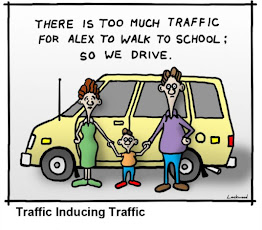 |
| betterstreets.com |
Baby friendly education
Better maternity services
was little short of cruel. Despite that they had been shown to reduce health care costs, the axe fell on thousands of sure start centres and left many mothers without this amazing service.
A less baby-damaging society?
While not doubting the adverse effect of the lockdown on many people, in particular the worsening of poverty as well as the unwelcome and immoral increase of wealth flowing up to undeserving rich, the isolation and the stress, it has given us unequivocal evidence of the damage the pre COVID19 ‘normal’ modern world if inflicting on the developing child.
If supporting mothers financially, reducing the need for work, reduction of exposure to air pollution, reducing levels of stress and perhaps reduction in the level of other viral infections makes such a huge difference then this must, on humanitarian as well as economic grounds, be translated into political policy to protect and support mothers improve the life of their babies, and thus the future of humanity.
I have a wonderful picture in my mind of quieter smaller Neonatal Intensive Care Units, happier mothers and more babies born nearer their time. Also less overworked doctors and nurses due to a huge drop in the number of premature babies being born. Happier healthier babies and mothers too lead to healthier adults and a better society.
Perhaps we might now have clues we need to reduce our rates of premature birth, or are we happy to go back to the old normal of a society which is clearly toxic to the next generation, even before they are born? I will update as more information comes in.
